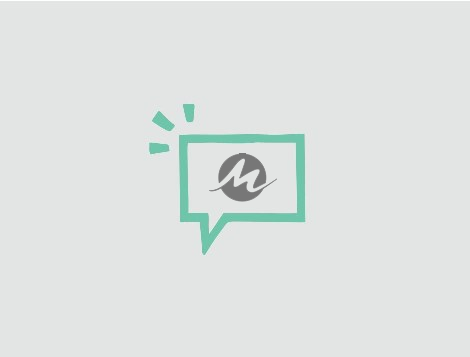Don't waste your time. Get a loan online.
Have you worked hard to improve your poor credit to avail loans for people with no credit, but aren’t sure what you now qualify for with your new “fair credit” status? As someone with fair credit, your credit score lands you between “poor” and “good.” The gain or loss of a few points can make a world of difference in terms of affecting your personal finances. If you have fair credit, but not good credit, you’ve still achieved a credit score that means you’re no longer considered a poor credit risk. Even at the fair credit level, you can find an inexpensive loan suited to your needs.
Loans for people with no credit by Motiveloan
What Is a Fair Credit Score?
VantageScore 3.0 and many FICO score models use a credit score range of 300 to 850. For each model, 300 is the lowest credit score, and 850 is the highest. Depending on the scoring model being used (and there are dozens out there), if your credit score is in the lower to middle 600s, it’s considered a fair credit score. Here’s the breakdown of the five major credit tiers:
- Excellent Credit: 750+
- Good Credit: 700-749
- Fair Credit: 650-699
- Poor Credit: 600-649
- Bad Credit: below 600

Many Americans fall into the “fair”’ credit category—in fact, so does America as a whole. According to the credit reporting agency Experian and its 2016 State of Credit report, the nation’s average credit score, based on the VantageScore 3.0 model, is 673. This score is significantly better than any poor credit score, but it still needs improvement to access many loans, mortgages and luxury credit cards that are only available to those with good, or excellent, credit scores. Motiveloan Offers loans for people with no credit who fails to avail funds they required else where
Why Is Having Better Credit Important?
Lenders use credit scores to determine the rate to charge you on a loan or new credit card, whether to approve you for credit, how much credit to extend to you and whether to increase or lower a credit line.
Don't waste your time. Get a loan online.
As far as credit score guidelines go, the lower your credit score, the less access you’ll have to credit; or you may qualify, but at a higher interest rate. Once you reach fair credit status, however, you’ll have more affordable credit options.
Credit Options for Fair Credit
What can you get with fair credit? A lot, actually. With many mortgages, the minimum credit score required may be 620. And with fair credit, you’ll qualify for an auto loan as well, so there’s no need to limit your car shopping to a “buy here, pay here” type of car lot.
The Federal Housing Administration (FHA) works to make housing affordable in the United States, and part of its services include loans. These loans are appealing because they feature lower fees and interest rates in order to help those who are struggling to purchase homes without the FHA’s help.
To get an FHA loan, you need a minimum FICO score of 500, but that loan would come with a large down payment. A down payment of 10% may not be appealing, especially if you’re someone who is already slightly struggling to stay on top of your finances. The minimum down payment is 3.5%, and to qualify for that payment your credit score must be 580 or higher. Thus, if you have a fair score between 600 to 649 you can qualify for an FHA loan.
There are also credit cards you may qualify for with a fair credit score — although cards with the lowest annual percentage rates (APRs) may be out of reach. Rewards cards are available with no annual fees and you may qualify for a credit card with a 0% introductory rate. The introductory rate is the interest rate charged during the beginning stages of a loan. The go-to rate is the normal interest rate charged for a loan after the introductory period is over. Many card issuers use balance transfer offers to entice fair credit consumers who carry high-interest credit card debts. You can learn more about balance-transfer credit cards here.
To find credit cards suited to your fair credit score, sign up to see your credit score for free on Credit.com. You’ll also be directed to credit card offers for which you are more likely to qualify, as well as receive tips and advice for improving your credit score.
If you can turn your fair credit into good credit, you’ll be able to qualify for more affordable credit options and loans for people with no credit
Improving Fair Credit
Because payment history accounts for 35% of your credit score, making steady, on-time payments on a mortgage, auto loan or credit card will help lift your score over time. Missing a payment or paying late will leave you further from your goal of obtaining the good credit level.
Besides payment history, there are several other credit scoring factors you can focus on so you can raise your fair score. Think of your credit history. Have you opened a bunch of store credit cards recently? The deals might seem enticing, but having so many credit cards may raise a red flags and lower your score. A 10% discount at a store sounds good in theory, but dropping your score by just a few points could be what’s keeping you from having good credit—or worse, push you into poor credit territory.



